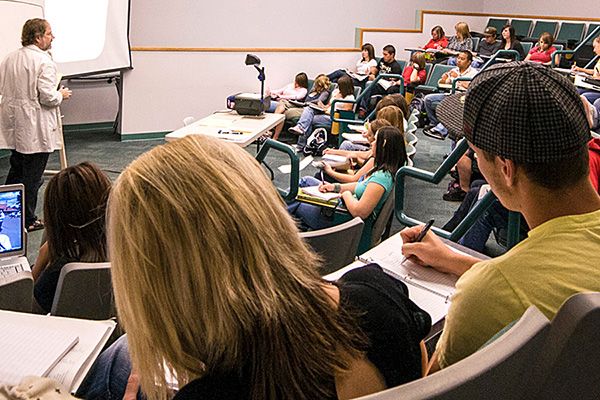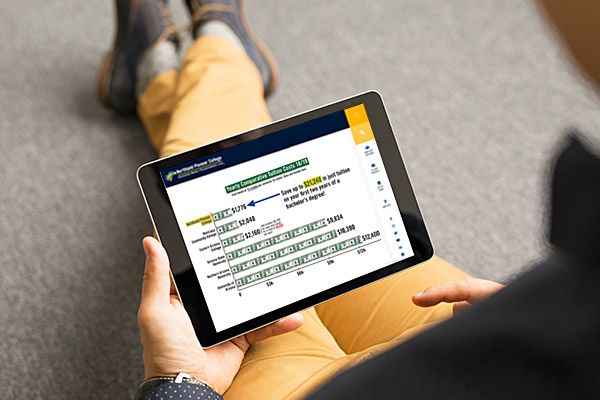On Friday, March 25, 2022, Northland Pioneer College’s (NPC) Art Department held a pit firing event at the college’s Holbrook campus. The event featured Adrian Herder, a Diné ceramic artist who resides in the Flagstaff area.
Herder and fellow Diné ceramist Titus Bert, are the featured artists in Talon Gallery’s recent “Extraction” exhibit in the Talon Gallery. Their work can be seen through April 9 at the gallery located on the Show Low campus or online at https://www.npc.edu/talon-art-gallery/current-exhibition. The exhibit will also be archived for future access via the Talon Gallery’s webpage. The March 25 event consisted of a traditional pit firing of ceramic works created and submitted by members of the community. Pit firing has a long-standing history, particularly in the Native American tradition and the event offered a unique opportunity for members of the community to experience the tradition firsthand.
Herder spoke to the attendees about the process, history, and significance of the pit-firing tradition in Navajo culture as he walked them step by step through the process. To further experience this unique art and to learn more, follow Herder on Instagram at @nanilkaadii_pottery.
| Artist Adrian Herder addresses the crowd, talking about the process of pit-firing and its significance in Navajo culture. The ceramic pieces are laid out so that a plan can be made about how to best load them into the pit. Small pieces will be nested into larger ones. Care will be taken to protect fragile objects and buffer them from large pieces of wood in the fire. |
| A small fire is started in the pit to warm the earth and create a bed of embers. |
| The ceramic objects are placed around the pre-heating pit to allow the objects to preheat as well. They are periodically turned in small increments, to allow all faces to be heated. |
| Adrian Herder discusses preparing the wood for the firing. Using juniper wood is essential for gradual, even heating. The pieces of wood are split into kindling, which is an ideal size for a consistent fire. |
| After the pieces have been preheated thoroughly, Adrian Herder gathers them in small groups and loads them into a condensed pile in the pit. They are placed directly onto the hot embers. |
| Metal tongs are used to make final adjustments to the stack. |
| The stack is covered with large patties of cow dung. The cow patties will create a lot of heat as they smolder and burn slowly. They also help to create darkened patterns on the pottery that the artist referred to as "fire clouds." |
| The cow patties are covered with the remainder of the juniper kindling along with medium-sized pieces of wood. The fire is allowed to burn hot. When the flames calm, the pit is covered securely with a metal sheet. It will be allowed to cool gradually and then unpacked after a few days. |


















